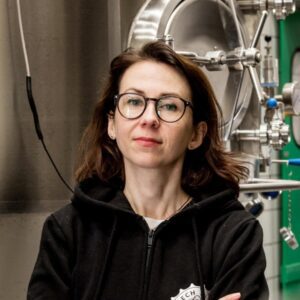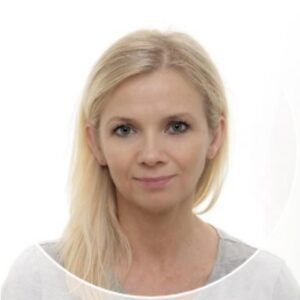Probably, there is no culinary photographer who has never received offers for barter cooperation - for flour, for fudge, for cookies. I can't count the number of such emails that ended up in my mailbox. In response, I always politely send a price list of my services, unless this offer is really a barter that I might be interested in. Unfortunately, many aspiring photographers agree to offer their services in exchange for almost useless products. I would very much like to prevent such practices from happening, because they spoil the market, and producers often do not know how much the work of a culinary photographer actually costs.
What kind of barter is this?
To begin with, barter itself is not bad. Provided that this is really a barter, and not an attempt to get great photos at almost zero cost. Barter means a non-cash exchange of goods or services that assumes that these goods or services are same or similar value. Many manufacturers and restaurateurs seem to forget about this last part. You can not put an equal sign between the cost of 10 kg of different poppies or cereals and professional photos (and even more so videos!) cooking classes. There is a huge gap between such benefits, and it is hard to believe that those who offer such "barter" do not have this awareness.
A completely different situation occurs when the manufacturer offers the photographer products that will be useful to this person, at a cost at least equal to the performer's bid. Then this is a fair agreement between the two parties, and it is quite normal. Otherwise, you should inform the person offering a package of fudge in exchange for photos (I had such an offer!) that such an exchange is not in order. Dear photographers, do not accept such offers. Dear producers and restaurateurs, please understand that this is simply disrespectful to another person. If customers care about professional, high-quality materials, they understand that making them costs money. Why?

photo by Dorota Domino
How much does it cost to work as a culinary photographer?
There's more to a culinary photo than " just a click." The actual cost of working as a culinary photographer is significant, and it's worth recognizing. This is an investment and a huge amount of time invested by this person. At one time, there was a trend on Instagram with a mark on this photo of the value of the investment made in its creation-it was a fantastic awareness campaign! Look at my example of how much a photographer actually has to invest to create a single culinary photo, and then you can answer the question yourself why not in barter.

photo by Dorota Domino
- Photographic equipment - this is the biggest physical cost. A camera, multiple lenses, polarizing filters, memory cards, chargers, a tripod or several types of them, a flash or continuous light, a diffuser or several types of them, tripods for background lamps and suspensions, a camera strap, cleaning kits for the matrix and lenses, bags and backpacks for their transportation, lens hoods. For example, the value of my photo equipment is estimated to be approximately 50,000 PLN.
- Computer equipment - a good computer with an excellent processor and a video card capable of processing photos and videos, a large monitor for processing photos with good color reproduction and calibration, external memory drives. About 10-20 000 PLN.
- Photo backgrounds - to provide the widest possible range of stylistics, the photographer needs many different backgrounds for photos. Sometimes these are downed boards, painted with their own hands (what a time!) backgrounds on HDF plates, and most often good quality vinyl backgrounds, where one costs about 100-300 PLN. I have 40 vinyl backgrounds in my studio, a few wooden ones, and a few hand-painted ones. In addition, there is a rack for storing them. Cost? Minimum 5,000 PLN.
- Propsi – you need a lot of them to be able to present different types of dishes, in different colors, selected for a specific client. These are boards, bowls, plates, cutlery, vases, cups, glass, display cases, napkins, flowers, containers, etc. There are a lot of handmade ceramics, where one plate costs about 60-150 PLN. The cost may not even be well estimated, I will have it at least a few thousand gold pieces.
- Photo editing software - Lightroom, Photoshop, Premiere Pro, or subscribe to other photo editing and video editing programs. The cost is approx. 200 PLN. per month.
- Cost of buying ingredients for cooking a dish - this price is highly dependent on the dish and its type,but it is always a minimum of several tens of zlotys.
- Costs of running your own business - taxes, social security, Accounting, for some photographers also employees.
- Hosting and domain - that is, the cost of maintaining at least one website from the portfolio. It's not uncommon for culinary photographers to also have a blog that they need to maintain. Cost 150-500 PLN per year.
- Marketing costs – the cost of advertising on social media, possibly also the cost of hiring a marketing agency, processing a newsletter, etc., and a lot, a lot of time devoted to the promotion goal!
- Other possible costs - you often have to invest in renting studios, models for filming, buying special accessories for this session, etc.
- Experience and science – another cost cannot be estimated. Often these will be paid courses in photography, books, and other materials, but, above all, years dedicated to self-study and experience gained.
- Time It is dedicated to session planning, making a shopping list, making purchases, cooking, styling, photographing, processing, communicating via email with the client, and often driving to the client (for example, in the case of a session in a restaurant). This is several-several hours of work, depending on the type of session!
-
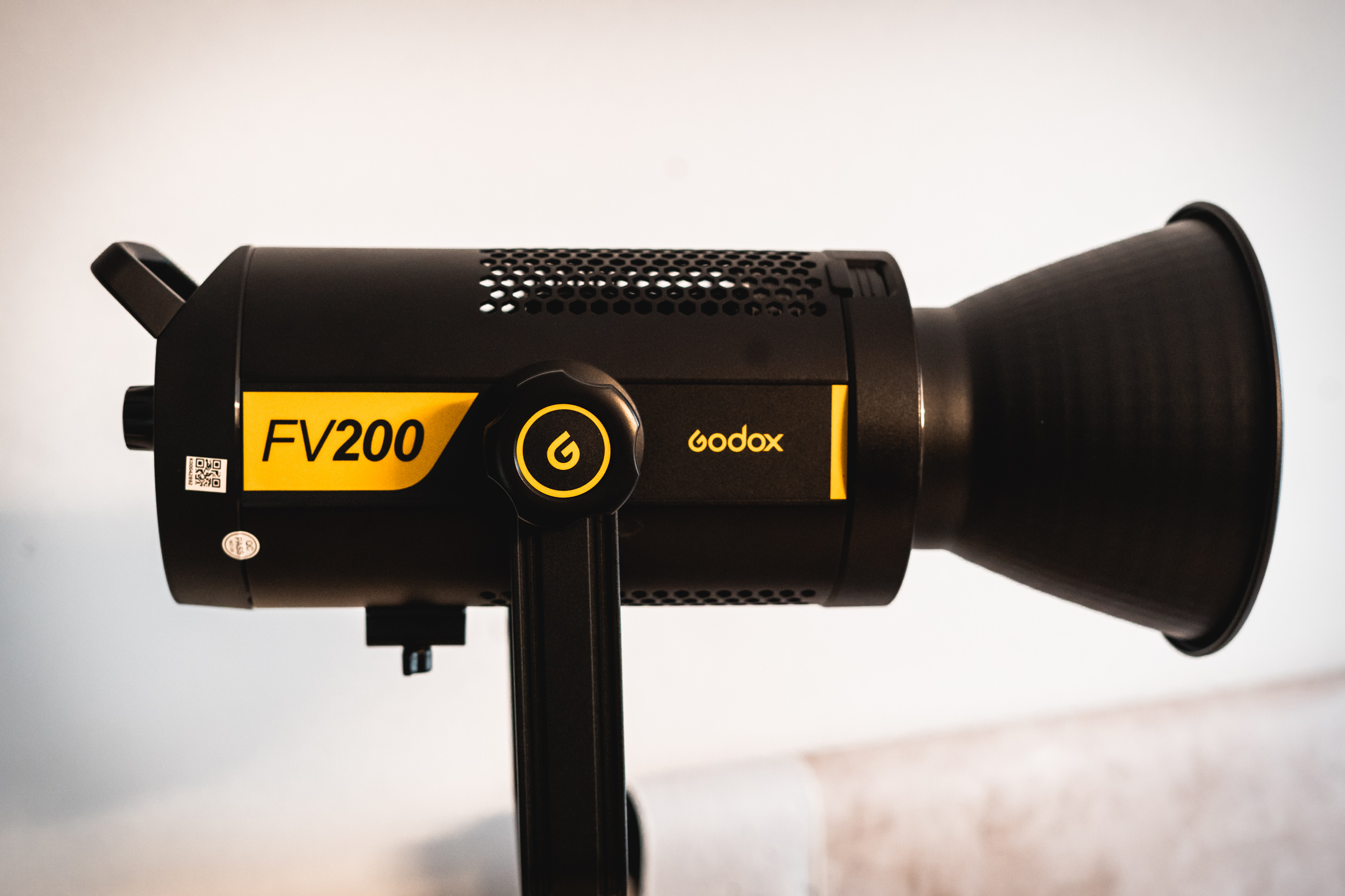
photo by Dorota Domino
Having analyzed this list, it becomes clear and clear why the so-called barter cooperation is usually unfair for culinary photographers and where the professional rates come from. It is good to inform clients and potential clients about this, because the work of a culinary photographer is really a huge investment of time and money. Of course, novice photographers incur these financial costs less, but even they don't have to accept a job in exchange for packing candy. Such a "barter" will not pay for bills, social security, and often even the cost of buying groceries for the session. The fact that someone loves their job because it's their passion doesn't justify just using it. It is also logical that the more experience and the better workshop a particular photographer has, the higher his bid will be – clients who care about professionalism understand this perfectly.
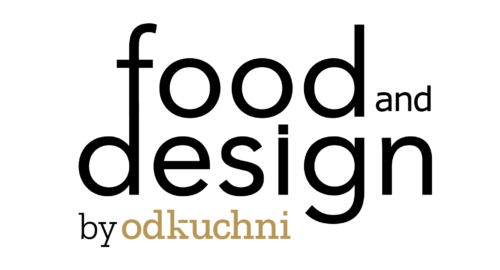
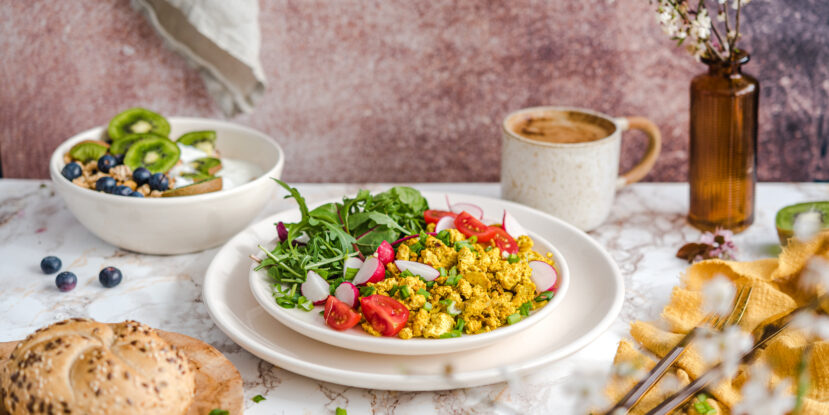
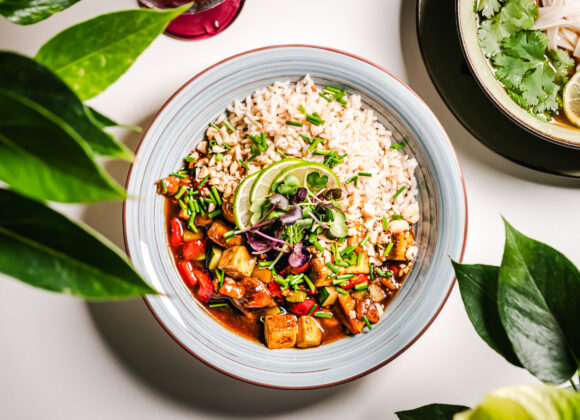


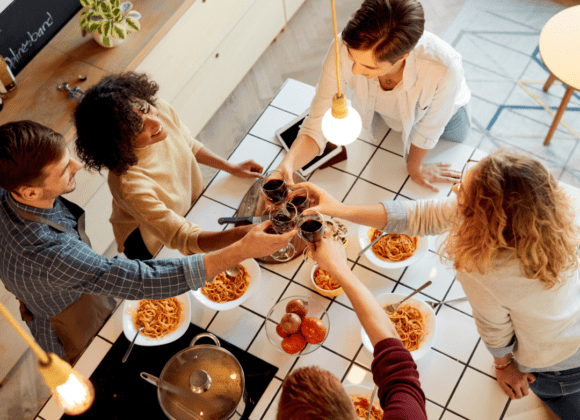
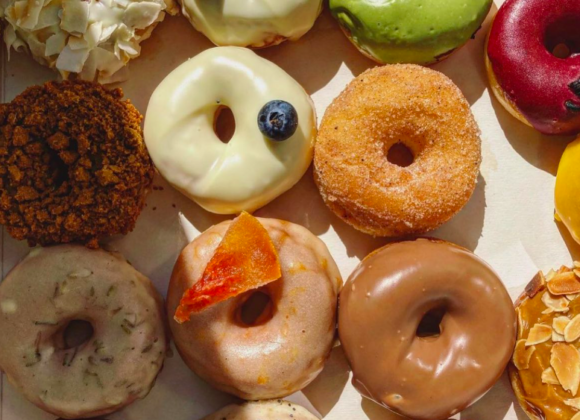



 Junior specialist in Marketing Communications and PR.
Junior specialist in Marketing Communications and PR.


 He is a graduate of the University of Warsaw and the Main School of Agriculture. We have been in the HoReCa industry for more than 10 years. For many years, he has been associated with the Trip group, Sobienie Royal Golf and Country Club, and the Florentin Restaurant in Warsaw.
He is a graduate of the University of Warsaw and the Main School of Agriculture. We have been in the HoReCa industry for more than 10 years. For many years, he has been associated with the Trip group, Sobienie Royal Golf and Country Club, and the Florentin Restaurant in Warsaw.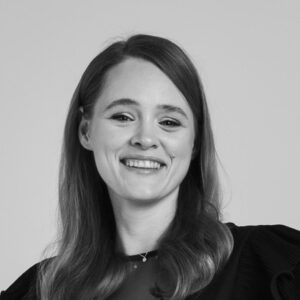 She graduated from the Faculty of Architecture of the Warsaw Technical University with a degree in Architecture for the Knowledge Society and Visual Communications at the Polytechnic University of Milan. A specialist in creating a mood. She has gained experience at home and abroad at numerous international seminars (Seville, Lisbon, Florence), fellowships at La Sapienza (Rome), etc. m.in. in Carmi e Ubertis and ADM Milano.
She graduated from the Faculty of Architecture of the Warsaw Technical University with a degree in Architecture for the Knowledge Society and Visual Communications at the Polytechnic University of Milan. A specialist in creating a mood. She has gained experience at home and abroad at numerous international seminars (Seville, Lisbon, Florence), fellowships at La Sapienza (Rome), etc. m.in. in Carmi e Ubertis and ADM Milano.








 A manager with many years of experience in the cosmetics, food, and children's industries. During his career, he was associated with such companies as: L'Oreal, Samsung, Danone-Nutricia, Unilever. During his professional life, he was responsible, among other things, for the development of e-commerce sales and content in Poland and the countries of Central and Eastern Europe.
A manager with many years of experience in the cosmetics, food, and children's industries. During his career, he was associated with such companies as: L'Oreal, Samsung, Danone-Nutricia, Unilever. During his professional life, he was responsible, among other things, for the development of e-commerce sales and content in Poland and the countries of Central and Eastern Europe. 





